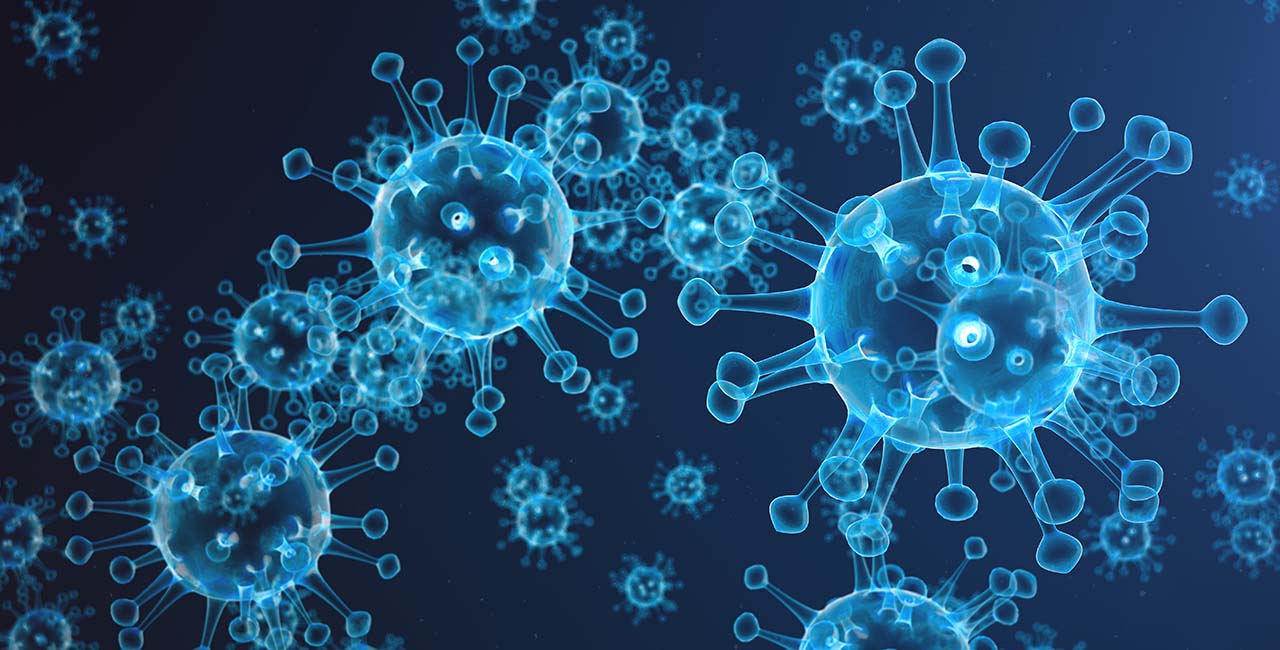
The common misconception is that Vitamin C is only necessary to prevent you from succumbing to the same fate as the 17th century pirates who didn’t perish during a raid and pillaging or by walking the plank. Scurvy, the scourge of the sea, is also known as Vitamin C deficiency. You know you have it when your teeth fall out, your gums erode, you develop skin rashes and bleeding sores, and pigtail-like curly hairs sprout from your body.
Yes, if you don’t meet the measly daily dose of Vitamin C, this could happen to you. But, Vitamin C isn’t just necessary to avoid bleeding sores and skin rashes; this powerhouse nutrient is vital for numerous processes that keep you healthy and functioning at an optimal level. What does Vitamin C do? It protects you from premature aging and is critical to your metabolism.
Vitamin C Enables Collagen Synthesis
Vitamin C is essential for the synthesis and maintenance of collagen, the most abundant protein your body. Its strong, connective, elongated fibrils make up much of our skin, ligaments, tendons, cartilage, bone, blood vessels, intestines, and discs between spinal vertebrae. It is also found in the cornea and in muscle tissue.
Important research relating Vitamin C to collagen has shown:
- Vitamin C helps protect the skin by promoting the production and migration of fibroblasts (the cells that produce collagen) that support normal wound healing.
- Vitamin C protects against skin wrinkles seen in premature aging.
- Increased Vitamin C uptake by vascular smooth muscle cells increases the synthesis and maturation of Type I (aka Type 1) collagen. Type I collagen accounts for about 90% of the body’s total collagen content.
- High concentrations of Vitamin C stimulate synthesis of Type IV collagen, which has important filtration characteristics in the kidney, the blood-brain barrier, and the arterial lining.
Vitamin C Supports Basement Membrane Synthesis
Basement membrane is a thin, sticky layer that supports epithelial cell layers — tissues that line the surfaces and cavities throughout the body, like the lining of the stomach and blood vessels. It binds capillaries in the kidneys to the cup-like Bowman’s capsule that performs the first step of blood filtration. The basement membrane also attaches the pulmonary capillaries in the lungs to the air sacs in the lungs. To sum it up, the basement membrane binds critical components of our body so they can perform their duties.
Vitamin C is related to the basement membrane in the following ways:
- Vitamin C maintains the gel-like state of the basement membrane, helping to suppress tumor invasion through the basement membrane.
- Vitamin C deficiency reduces the release of basement membrane components (Type IV collagen, laminin, elastin) in blood vessels.
- Vitamin C accelerates the deposition of other important basement membrane proteins in the area between the dermis and epidermis (the middle and outer layers of the skin).
Vitamin C Is a Requirement in Carnitine Synthesis
Vitamin C is an essential cofactor for the synthesis of carnitine — an amino acid that is necessary to transport fatty acids into mitochondria. This is a critical step in the conversion of dietary fats to energy.
Vitamin C Is Necessary for Neurotransmitter Synthesis
Vitamin C is directly involved in creating the molecules that facilitate the electrical flow between neurons and nerve cells in the body and in the brain, also known as the communication network. The body’s ability to respond to the environment, as well as the brain’s ability to think and to remember, depends on neurotransmitters.
Vitamin C Promotes Calcium Incorporation into Bone Tissue
The formation and maintenance of high-density bone material requires Vitamin C to promote assimilation of calcium into the bone, protect against leaching of calcium out of the bones, and fight the oxidative stress that works against assimilation.
Vitamin C and bone metabolism are also related in the following ways:
- Vitamin C stimulates the formation of the cells that incorporate calcium into bone tissue (osteoblasts).
- Vitamin C inhibits the development of cells that dissolve calcium out of bone tissues (osteoclasts).
- As a powerful antioxidant, Vitamin C fights oxidative stress in bone tissues.
- Collagen cross-linking, required for optimal bone strength, requires Vitamin C.
Vitamin C Maintains Immune System Function
Common marketing claims conflate Vitamin C’s immune system benefits as some sort of mercenary that, when taken in great amounts, actively fights the onset of illness. This misconception cheapens the work that Vitamin C actually does. Vitamin C molecules do not fight off viruses. Instead, they fortify the components of our immune systems that we need to stay healthy.
Vitamin C supports the immune system in so many important ways that the topic has its own article. Here’s a quick overview:
- Production of interferons
- Function of phagocytes
- Cytokine production by white blood cells
- Cell-mediated immune response
- Nitric oxide production by phagocytes
- T-lymphocyte proliferation
- B-lymphocyte proliferation
- Antibody production and complement activity
- Natural killer cell activity
- Prostaglandin formation
- Cyclic GMP levels in lymphocytes
- Localized generation of, and/or interaction with, hydrogen peroxide
- Detoxification of histamine
- Neutralization of oxidative stress
- Immune response to vaccination
- Mucolytic effect
- Function of antibiotics
- Inhibition of various forms of T-lymphocyte death
- Inhibition of neuraminidase production
So, what does Vitamin C do? It may be a better question to ask what Vitamin C doesn't do. Vitamin C is a lot more than a skincare supplement and an immune system supporter, but it’s not likely to be able to do everything it needs to if you’re only getting the 75–90 mg per day recommended for adults.
What Does Vitamin C Do? References
Duarte TL, Cooke MS, Jones GD, “Gene expression profiling reveals new protective roles for vitamin C in human skin cells” Free Radic Biol Med 2009 Jan 1 46(1):78-87.
Hashem MA, et al, “A rapid and sensitive screening system for human type I collagen with the aim of discovering potent anti-aging or anti-fibrotic compounds” Mol Cells 2008 Dec 31 26(6):625-30.
Qiao H, et al, “Ascorbic acid uptake and regulation of type I collagen synthesis in cultured vascular smooth muscle cells” J Vasc Res 2009 46(1):15-24.
Boyera N, Galey I, Bernard BA, “Effect of vitamin C and its derivatives on collagen synthesis and cross-linking by normal human fibroblasts” Int J Cosmet Sci 1998 Jun 20(3):151-8.
May JM, Qu ZC, “Transport and intracellular accumulation of vitamin C in endothelial cells: relevance to collagen synthesis” Arch Biochem Biophys 2005 Feb 1 434(1):178-86.
Saitoh Y, Nagai Y, Miwa N, “Fucoidan-Vitamin C complex suppresses tumor invasion through the basement membrane, with scarce injuries to normal or tumor cells, via decreases in oxidative stress and matrix metalloproteinases” Int J Oncol 2009 Nov 35(5):1183-9.
Mahmoodian F, Peterkofsky B, “Vitamin C deficiency in guinea pigs differentially affects the expression of type IV collagen, laminin, and elastin in blood vessels” J Nutr 1999 Jan 129(1):83-91.
Marionnet C, et al, “Morphogenesis of dermal-epidermal junction in a model of reconstructed skin: beneficial effects of vitamin C“ Exp Dermatol 2006 Aug 15(8):625-33.
Rebouche CJ, “Ascorbic acid and carnitine biosynthesis” Am J Clin Nutr 1991 Dec 54(6 Suppl):1147S-1152S.
Naidu KA, “Vitamin C in human health and disease is still a mystery? An overview” Nutr J 2003 Aug 21 2:7.
Gabbay KH, et al, “Ascorbate synthesis pathway: dual role of ascorbate in bone homeostasis” J Biol Chem 2010 Jun 18 285(25):19510-20.
Yalin S, et al, “Is there a role of free oxygen radicals in primary male osteoporosis?” Clin Exp Rheumatol 2005 Sep-Oct 23(5):689-92.
Park JB, “The Effects of Dexamethasone, Ascorbic Acid, and β-Glycerophosphate on Osteoblastic Differentiation by Regulating Estrogen Receptor and Osteopontin Expression” J Surg Res 2010 Oct 8.
Hie M, Tsukamoto I, “Vitamin C-deficiency stimulates osteoclastogenesis with an increase in RANK expression” J Nutr Biochem 2011 Feb 22(2):164-71.
Sheweita SA, Khoshhal KI, “Calcium metabolism and oxidative stress in bone fractures: role of antioxidants” Curr Drug Metab 2007 Jun 8(5):519-25.
Saito M, “Nutrition and bone health. Roles of vitamin C and vitamin B as regulators of bone mass and quality” Clin Calcium 2009 Aug 19(8):1192-9.
Maehata Y, et al, “Type III collagen is essential for growth acceleration of human osteoblastic cells by ascorbic acid 2-phosphate, a long-acting vitamin C derivative” Matrix Biol 2007 Jun 26(5):371-81.
Pasco JA, et al, “Antioxidant vitamin supplements and markers of bone turnover in a community sample of nonsmoking women” J Womens Health (Larchmt) 2006 Apr 15(3):295-300.
Sugiura M, et al, “Dietary patterns of antioxidant vitamin and carotenoid intake associated with bone mineral density: findings from post-menopausal Japanese female subjects” Osteoporos Int 2011 Jan 22(1):143-52
Ruiz-Ramos M, et al, “Supplementation of ascorbic acid and alpha-tocopherol is useful to preventing bone loss linked to oxidative stress in elderly” J Nutr Health Aging 2010 Jun 14(6):467-72.
Zinnuroglu M, et al, “Prospective evaluation of free radicals and antioxidant activity following 6-month risedronate treatment in patients with postmenopausal osteoporosis” Rheumatol Int 2011 Jan 8.
Content adapted from Primal Panacea by Thomas E. Levy, MD, JD.

